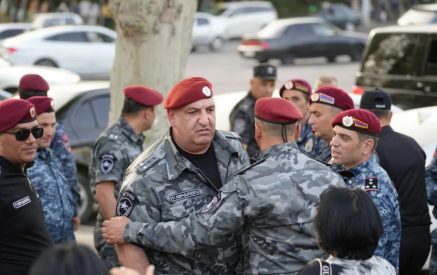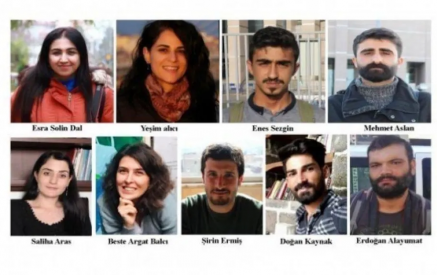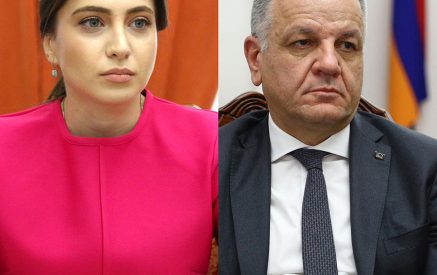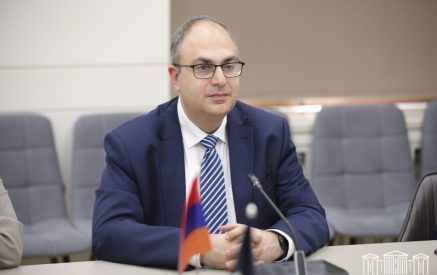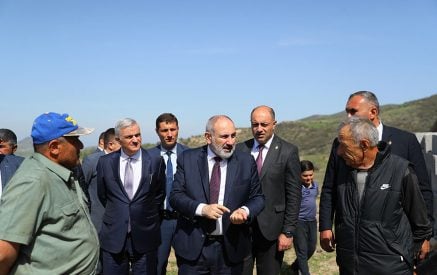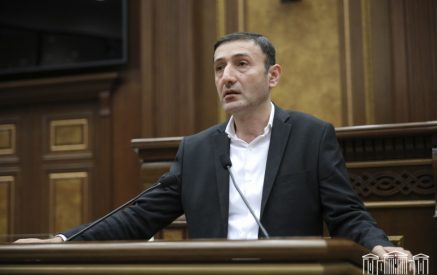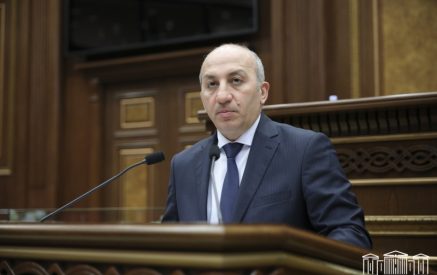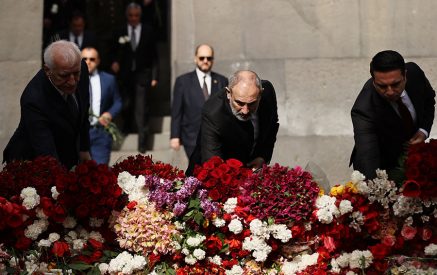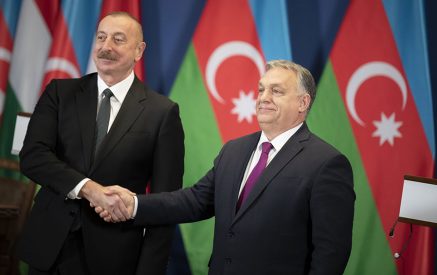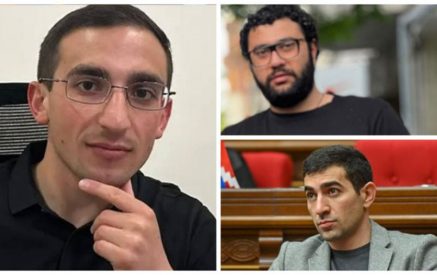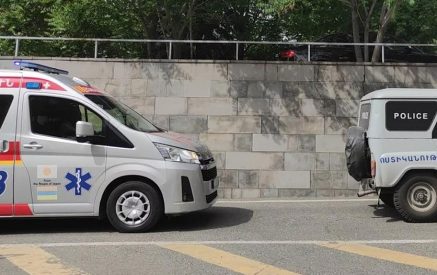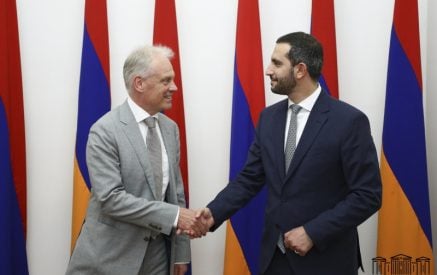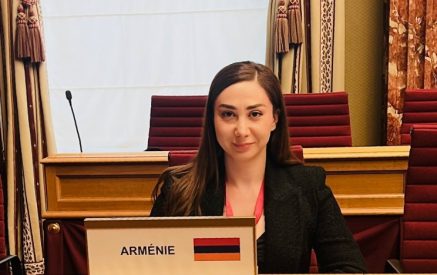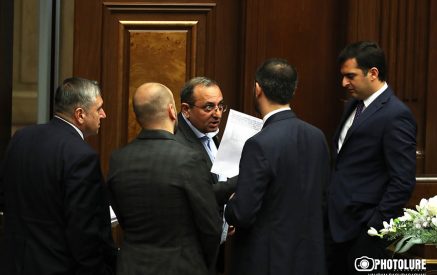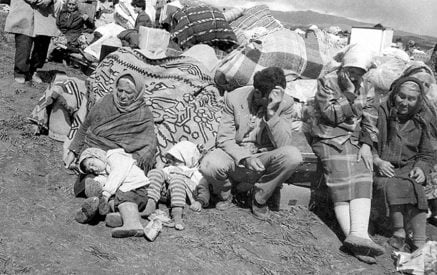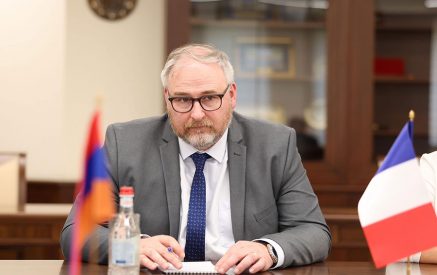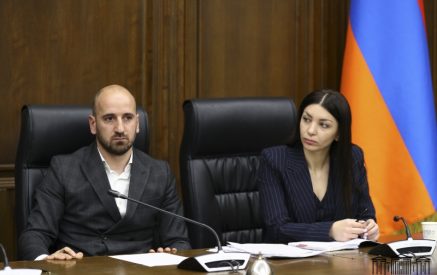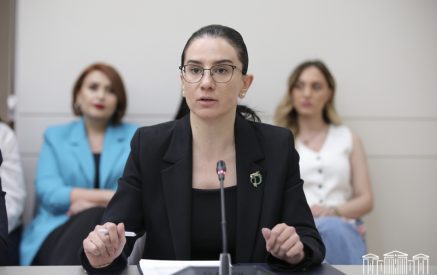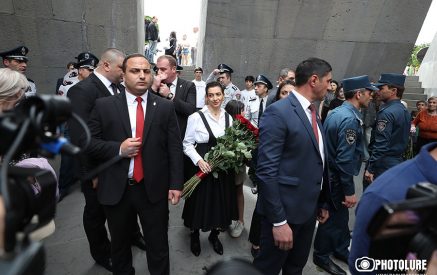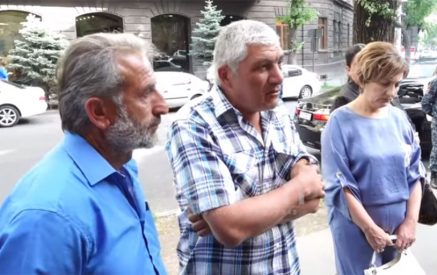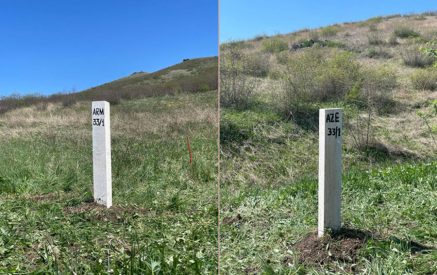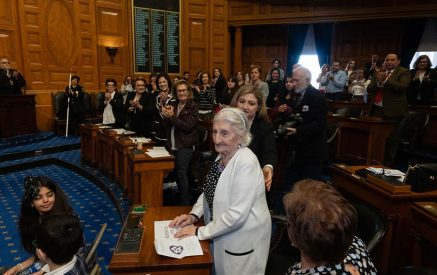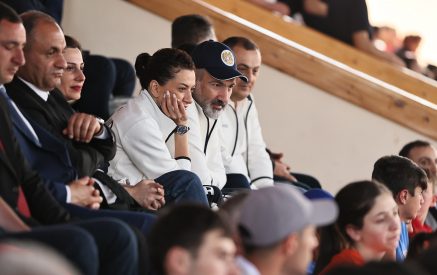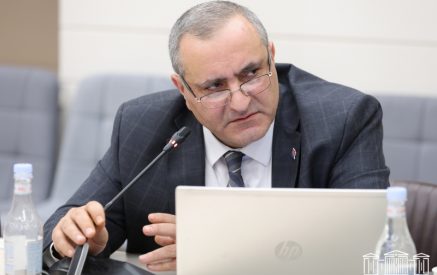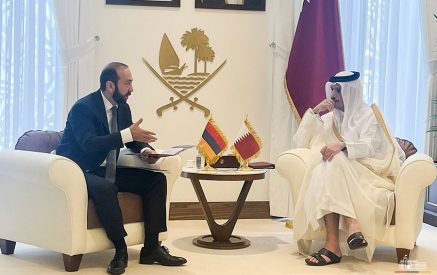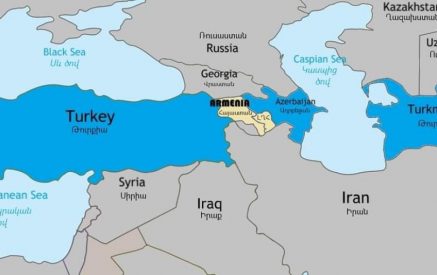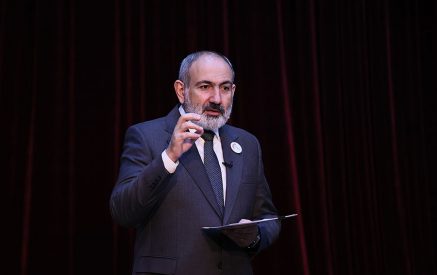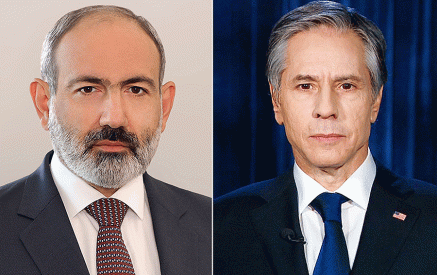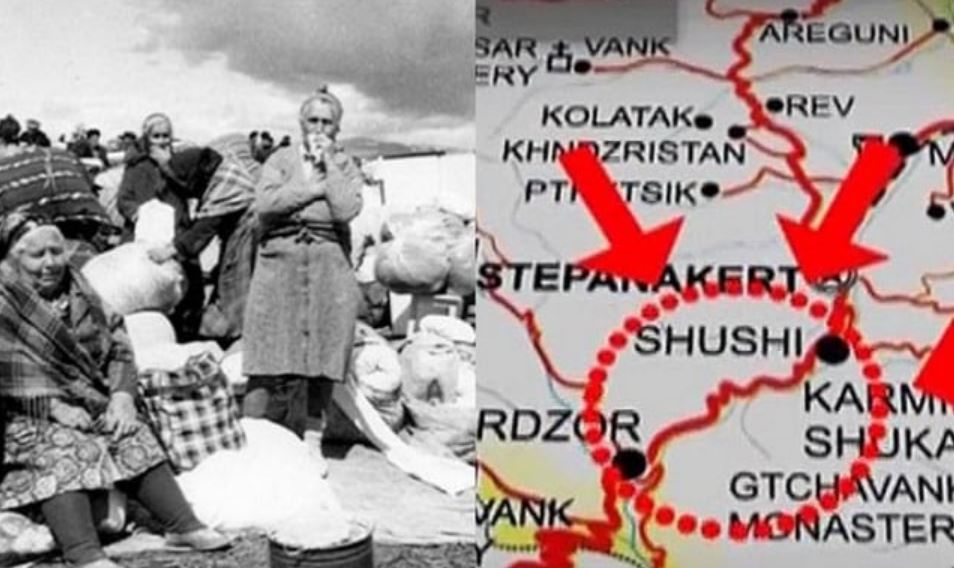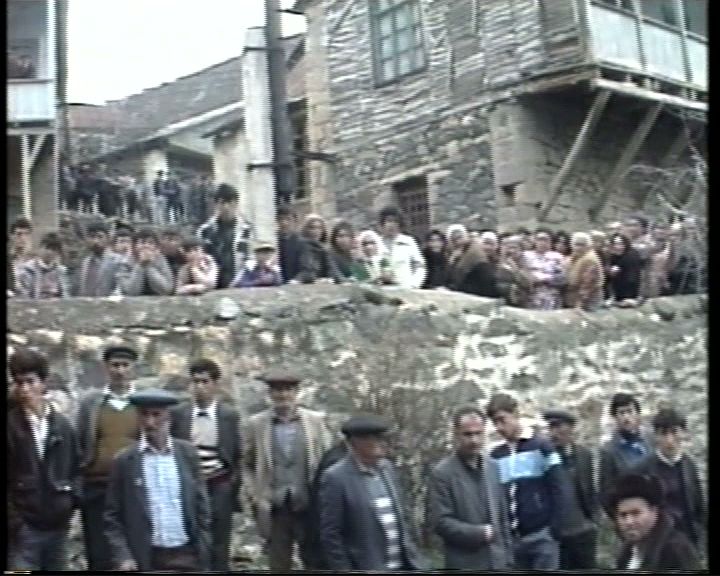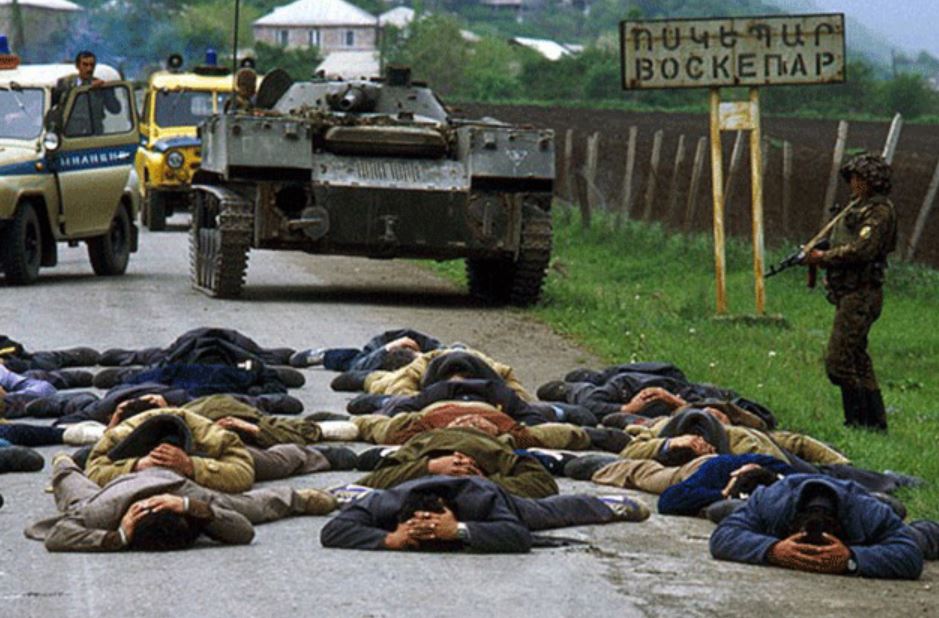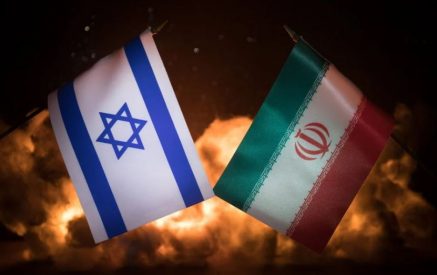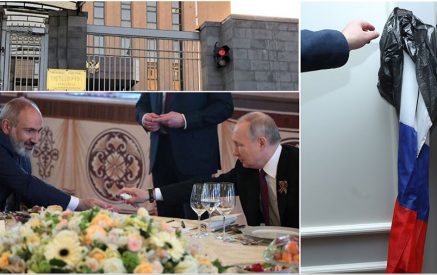Operation “Ring” was immediately assessed as adequate, objective, and targeted by the US Senate․
Thirty-two years ago, on April 30, the “Ring” (“Колцо”) punitive operation began. On the occasion of the 32nd anniversary of the “Ringk” operation, the Artsakh MFA issued a statement giving a historical description of those days.
“The main goal of the operation, which was carried out in several stages from April to August 1991, was the forceful suppression of the will of the people of Artsakh (Nagorno-Karabakh) and creating conditions for their exodus from their native land.
In particular, in April-August 1991, OMON units of the Ministry of Internal Affairs of the Azerbaijan SSR, together with the internal troops of the Soviet Ministry of Internal Affairs and units of the 4th Army (23rd division stationed in the city of Kirovabad), undertook a large-scale military operation aimed at the deportation of the Armenian population of Artsakh.
Read also
From the beginning of 1991, the idea that if the Armenians do not agree to obey Baku, they must be expelled from Karabakh, began to be regularly voiced in Azerbaijan, almost openly at the highest level. On 25 March 1991, the Azerbaijani OMON began regular shelling of the villages of Getashen and Martunashen. From 16 April, the supply of electricity to the Shahumyan region was cut off, telephone communication was disconnected. On 19 April, the personnel of the internal troops of the Soviet Ministry of Internal Affairs stationed in Getashen were withdrawn from the village. On 21 April, on Baku’s demand, regular helicopter flights from Yerevan to Shahumyan were banned.
On 30 April, Operation Ring began with a massive shelling of the villages of Getashen and Martunashen, during which, for the first time, tanks, combat helicopters and artillery were used against civilians. The Armenian villages were alternately encircled by internal troops of the Soviet Ministry of Internal Affairs and the Soviet Army. Then the Azerbaijani OMON and police forces entered these villages, formally for alleged “passport regime control”, but in reality, with the aim of killing, robbing and terrorising the Armenian population with their subsequent deportation.
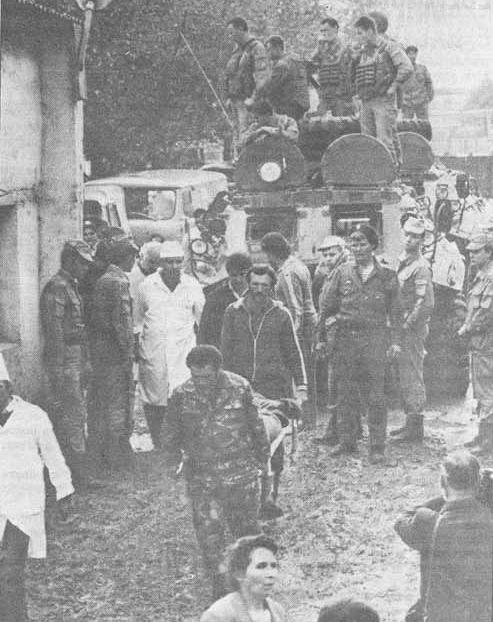

As a result of this operation, more than two dozen villages of Northern Artsakh, as well as the Shahumyan, Hadrut and Shushi regions of Artsakh, were completely devastated and destroyed, almost ten thousand people were deported, more than a hundred were killed, and several hundred people were taken hostage. The fate of many of them remains unknown to this day.
Operation Ring, characterised by extreme brutality and massive human rights violations, dramatically increased tensions in the region and turned the Azerbaijan-Karabakh conflict into a military dimension, becoming a prelude to the subsequent full-scale aggression of Azerbaijan against the Nagorno-Karabakh Republic.
Unfortunately, the massive crimes and violations of human rights committed during Operation Ring did not receive the proper political, legal and moral assessment of the international community, and the masterminds, organisers and perpetrators of these crimes remained unpunished“.
Punitive-terrorist operations against the Armenian population of Nagorno-Karabakh Autonomous Region and Shahumyan Region, Getashen Sub-Region, and ethnic cleansing were carried out by the army units of the USSR Armed Forces, units of the internal troops of the Ministry of Internal Affairs of the USSR, and special forces of the Soviet Azerbaijan Police – OMON. Many Armenian settlements were depopulated, and hundreds of civilians of Soviet Armenia, Nagorno-Karabakh Autonomous Region, Shahumyan Region, and Getashen Sub-Region were killed, captured, and tortured.
During the “Ring” operation in 1991 from April 30 to May 8, units of the USSR Armed Forces, the troops of the USSR Ministry of Internal Affairs, and the OMON of Soviet Azerbaijan attacked the Armenian-inhabited villages of Getashen and Martunashen in the Getashen sub-region with the use of military aviation and armored vehicles, entered the settlements, robbed, killed the inhabitants, raped women and displaced the population. About 3,500 Armenians were displaced from Getashen and Martunashen villages.
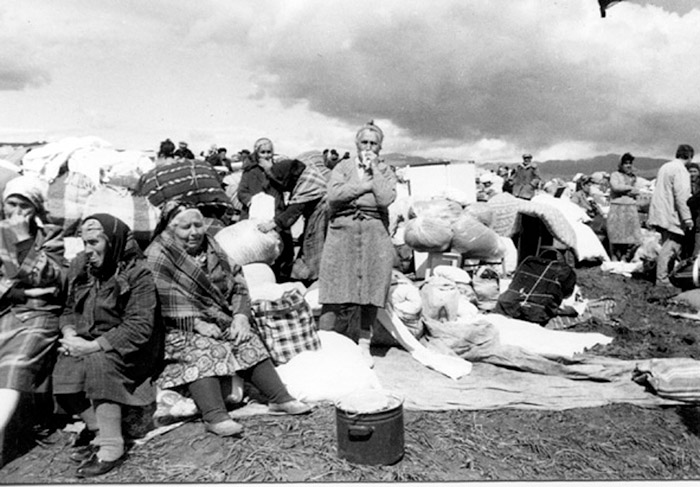

One of the cruel, horrifying episodes of the “Ring” operation is the shooting of policemen in Voskepar, which many call the “Voskepar massacre.”
Today marks the 32nd anniversary of those terrible events. 1991 On the night of May 5-6, the units of the 4th army of the Soviet troops stationed in the territory of the Azerbaijani SSR and the Azerbaijani OMON, using helicopters, tanks, and heavy artillery, closed the entrances to the village of Voskepar in the Noyemberyan region of the Armenian SSR and entered the village.
The units of the Soviet army and Azerbaijani OMON that entered the village blew up one car, killing two and seriously injuring seven civilians. After learning about what happened in Voskepar, 20 policemen of Noyemberyan region’s internal affairs department and three civilian companions tried to enter the village through the forest to protect the residents.
Eleven of them were brutally shot, and the others were captured and transferred to the prison of the city of Kirovabad in the Azerbaijan SSR, where three more died. The units of the Soviet troops captured and handed over to the Azerbaijani OMON more than forty- five police officers who were in the village and protect the settlement, who were also tortured in the Azerbaijani prison. Moving forward, let us also remind you that the 23rd Russian division in Kirovabad attacked and occupied Northern Artsakh in the summer of 1992, and we lost 52% of the territory of Nagorno-Karabakh.
It is known that an investigation was organized to avoid responsibility for these brutal actions and mitigate international assessments, hearings were held in the Supreme Council of the USSR, but the organizers and those responsible were not punished.
We should also remind that a monument was built in Noyemberyan in memory of the police officers who were shot in Voskepar, which has become a shrine. Every year the memory of the police officers is honored here.
Although the Artsakh MFA stated in a statement that “the mass crimes and human rights violations committed during the “Ring” operation did not receive the proper political, legal and moral assessment of the international community,” it should be noted that this record is far from reality.
Operation “Ring” immediately received a deserved evaluation and was condemned. In particular, in 1991, on May 17, the United States Senate passed a resolution. S. RES. 128 was presented by Mr Dole, Mr. Levin, Mr. Pressler, Mr. Peel, and others. The resolution condemning violence in Armenia says that the Government of the Soviet Union and Government of the Azerbaijan Republic have dramatically escalated their attacks against civilian Armenians in Nagorno-Karabakh, Azerbaijan, and Armenia itself; the Resolution mentions that the Government of the Soviet Union has refused Armenia’s request to convene a special session of the Union of Soviet Socialist Republics Supreme Soviet to resolve the Nagorno-Karabakh crisis and records that Soviet and Azerbaijani forces have destroyed Armenian villages and depopulated Armenian areas in and around Nagorno-Karabakh in violation of internationally recognized human rights. Having recorded all this, the Senate condemns the attacks on innocent children, women, and men in Armenian areas and communities in and around Nagorno-Karabakh and in Armenia, and condemns the indiscriminate use of force, including the shelling of civilian areas, on Armenia’s eastern and southern borders, calls for the end to the blockades and other uses of force and intimidation directed against Armenia and Nagorno-Karabakh, and for the withdrawal of Soviet forces newly deployed for the purpose of intimidation. The US Senate calls for dialogue among all parties involved as the only acceptable route to achieving a lasting resolution of the conflict. The US Senate Resolution reconfirms the commitment of the United States to the success of democracy and self-determination in the Soviet Union and its various republics, by expressing its deep concern about any Soviet action of retribution and intimidation.
First of all, the resolution mentioned above by the Senate is irrefutable proof that the first Karabakh war was started by Azerbaijan, which the current authorities of Armenia do not speak about from international forums for incomprehensible reasons. It seems that it is not customary to talk about this historical fact when three decades later, by bribing some young foreign officials and deputies, the official Baku sometimes managed to present Armenia as an “aggressor.”
As to the resolution adopted by the United States Senate on May 17, 1991, immediately after the “Ring” operation, it was an entirely adequate, objective, and targeted assessment, which perhaps has been forgotten in Artsakh. After 32 years, the events are repeated: military aggression, occupation of territories, blockade, and murders of civilians, ethnic cleansing, and terrorism against the people of Artsakh.
The handwriting of the official Baku is the same; the people of Artsakh have found themselves in a ring again.
Emma GABRIELYAN
“Aravot” daily, 04.05.2023


